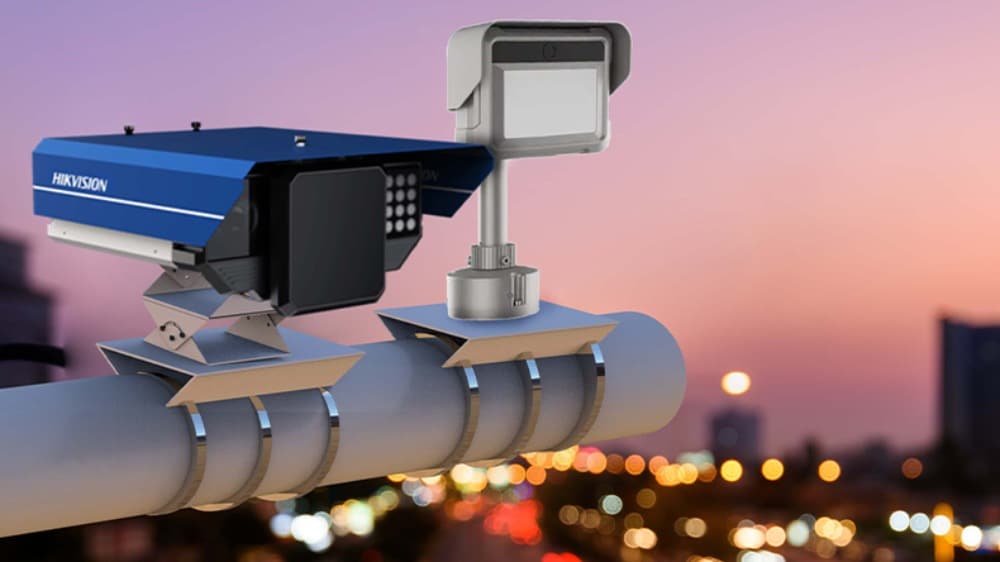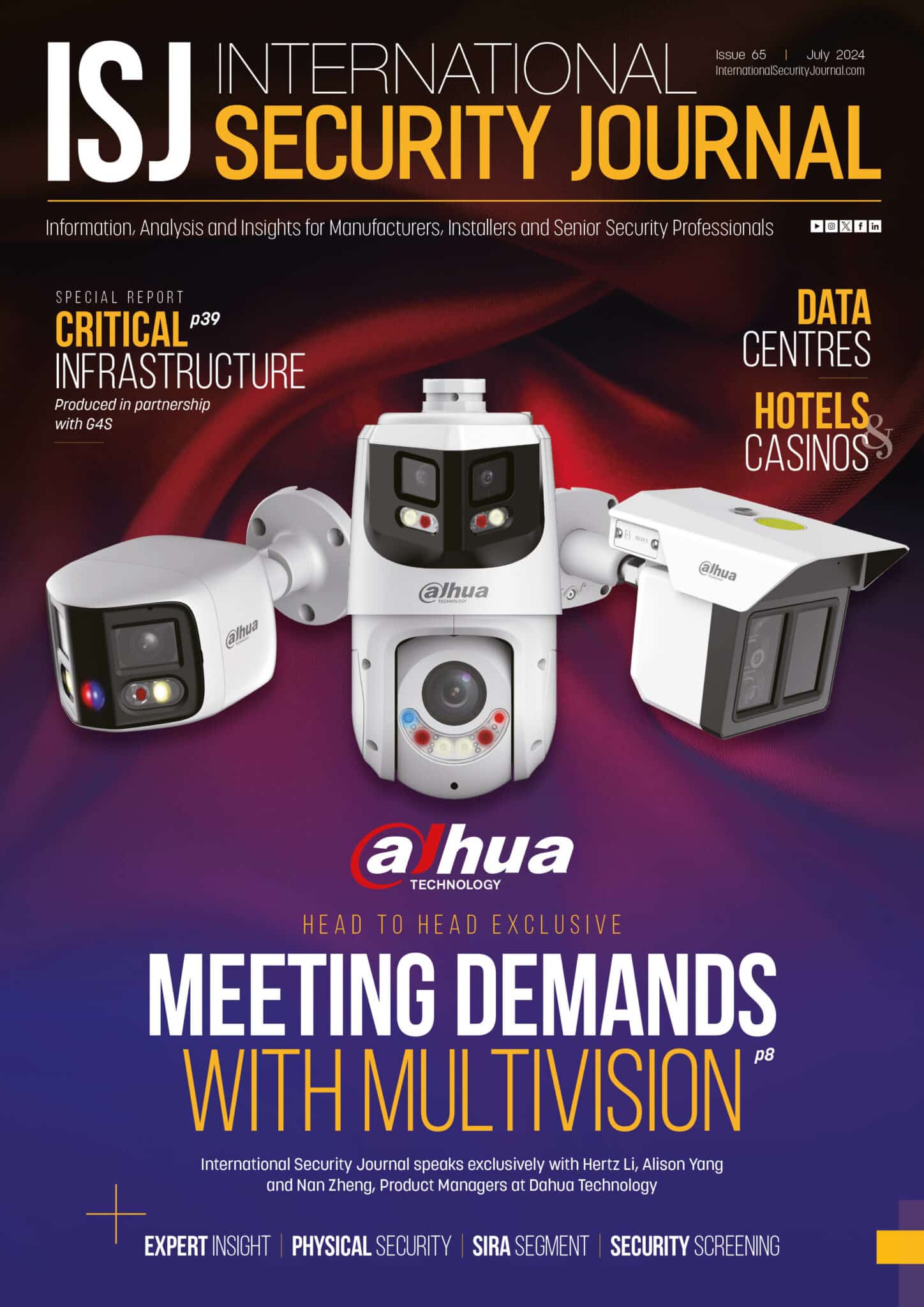The rise of radar-video fusion technology in traffic control


Victoria Rees
Share this content
In this blog, Hikvision explores a solution that solves the issue of environmental challenges in traffic monitoring systems – the fusion of radar-video technologies.
Imagine a busy highway enveloped in thick fog.
Cameras operating in the visible spectrum strain for clarity whilst the dense mist blankets the view, disrupting the flow of traffic information.
Harsh weather such as fog, rain, snow and dust storms often affect the efficacy of traffic video monitoring systems in this way.
According to statistics from the Federal Highway Administration (NHTSA), adverse weather conditions are a factor in nearly 21% of annual vehicle crashes in the US.
This highlights the challenge these environmental factors present for traffic safety and monitoring.
To help address this, there is a strong demand from traffic management professionals for more advanced monitoring solutions which can somehow ‘see’ through the fog, snow and rain.
Millimeter waves: unveiling the invisible
Until now, the primary technology that can be used in such circumstances is millimeter wave radar.
Millimeter waves occupy a unique position on the electromagnetic spectrum. Occupying the frequency range of 30-300 GHz, they are positioned between microwaves and infrared waves.
Their shorter wavelengths offer advantages such as higher resolution, stronger anti-interference capabilities and better penetration through smoke and dust.
These attributes make them well-suited for consistent and clear monitoring in various environmental conditions.
This technology has many advantages for traffic control systems.
Millimeter wave radar functions round-the-clock, unaffected by the weather.
Such systems can be relied upon to deliver precise measurements of speed and the direction of objects.
They can also track objects over long distances with remarkable accuracy.
Yet radar has one important drawback: it lacks the capacity to visualize.
As a result, it cannot perceive and monitor detailed information about the target, such as the color of the vehicle or its license plate – information that is often essential in incident management and reporting.
This is where the fusion of radar with robust imagery taken from a video input can become so powerful.
Robust imagery can compensate for the non-visualization of radar.
Radar-video fusion: bridging the gap
The fusion technique pairs radar range perception with video visual perception.
To achieve this, AI-based algorithms merge two different coordinate systems to enrich target information, blending the strengths of both sensing methods.
The radar aspect excels in tracking multiple objects beyond the horizon with a wide detection range and high precision.
It provides valuable insights even under adverse weather conditions.
The video components, meanwhile, offer the advantage of visualization – allowing for structured analysis of the traffic scene.
Smart planning
The fusion of technologies creates a fail-safe system where the weaknesses of one are fortified by the strengths of the other.
The result? A traffic monitoring system that ensures uninterrupted, comprehensive, and reliable data, even in harsh weather conditions.
Cities that implement radar-video fusion technology showcase the advancements in smart urban planning.
With this technology, traffic management departments can optimize traffic flow and digitize highway and urban roads.
Furthermore, the fusion technology contributes to promoting road safety by enabling early detection and warning of potential hazards in challenging situations including curved roads, blind spots at intersections and obstacles outside the visual range.
Adopting radar-video fusion is one more step towards more sustainable traffic management.
Through the growing integration of radar technology, which is less affected by environmental conditions, cities can reduce their reliance on intense lighting required by vision systems to function in low-light situations.
This progress contributes to the realization of a sustainable urban infrastructure.
Explore Hikvision’s range
Hikvision has incorporated the radar-video fusion technology in a series of traffic cameras including the Incident Detection Radar-Video Fusion Camera, the All-Rounder Checkpoint Camera, the All-Rounder Intersection Violation Camera and the Radar-Video Fusion Smart Monitoring Camera. Find out more here.

